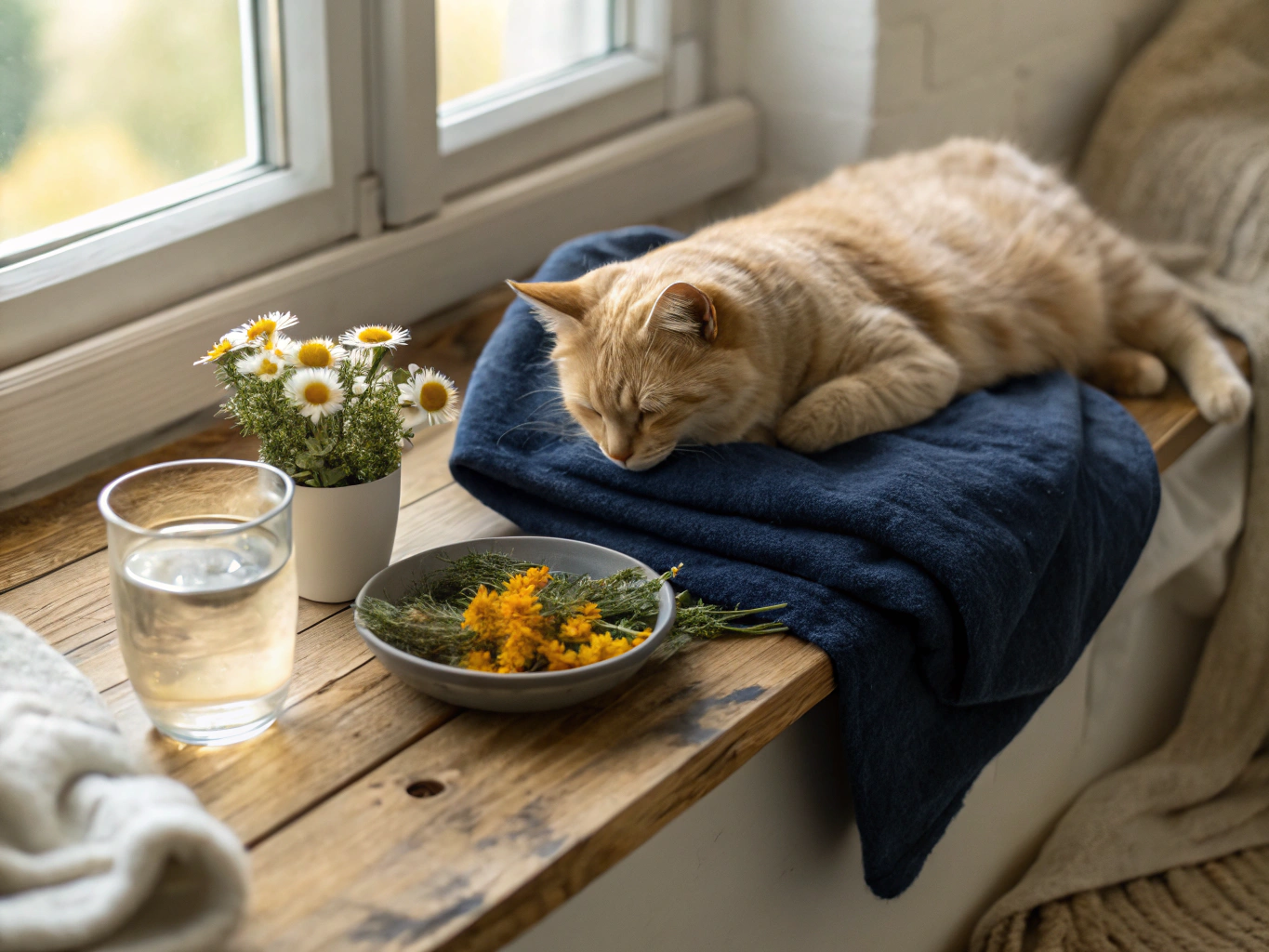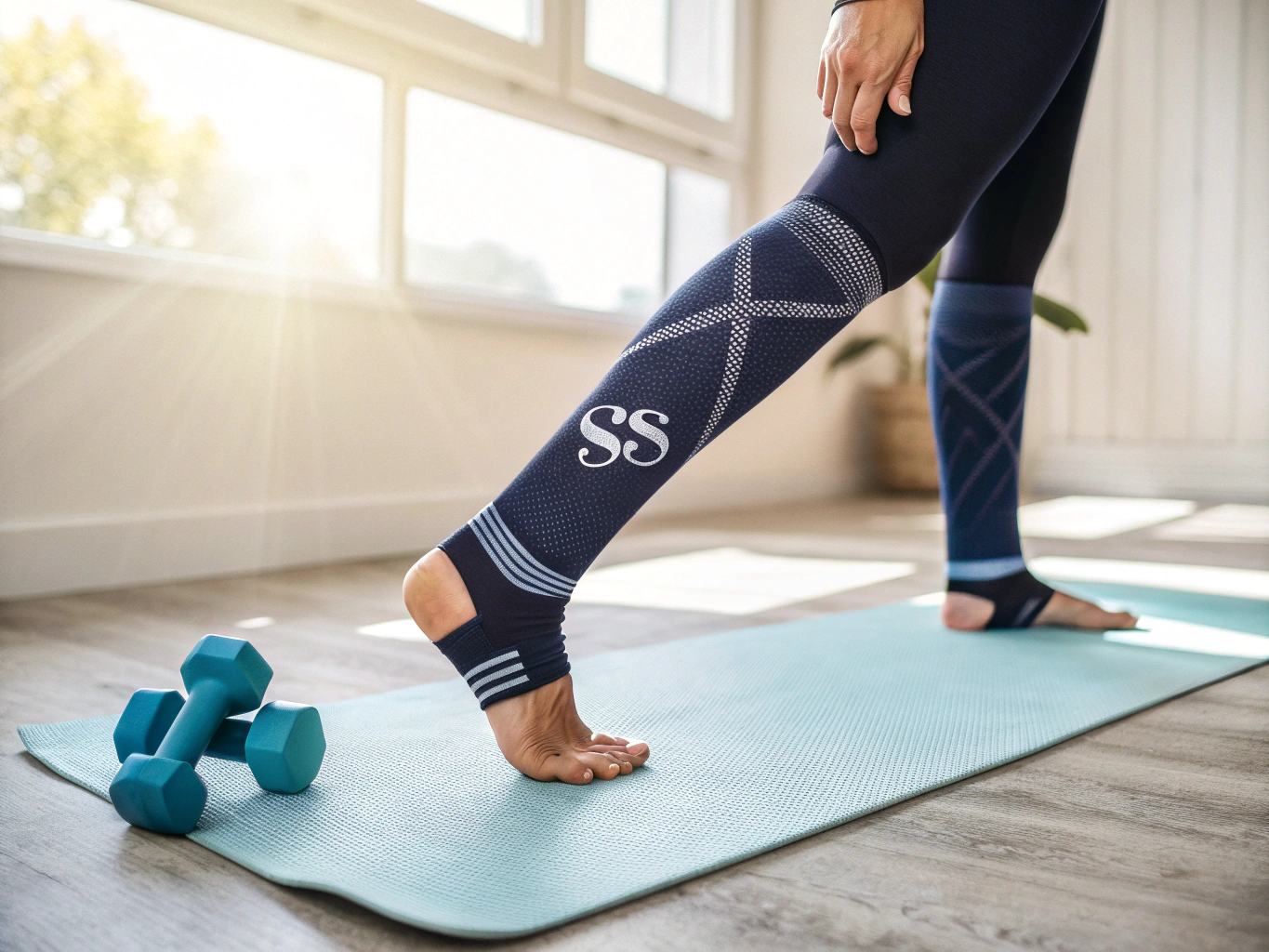Meal Planning Tips with Low FODMAP Vegetables for Beginners
Starting a low FODMAP diet can feel overwhelming, especially when it comes to selecting the right vegetables. These foods are essential to maintain a balanced and nutritious diet but choosing the wrong ones can trigger digestive discomfort. Luckily, focusing on the best low fodmap vegetables will help you enjoy delicious meals without the worry.
Understanding Low FODMAP Vegetables
FODMAPs are fermentable carbs that can cause bloating, gas, and stomach upset in sensitive individuals. Low FODMAP vegetables are those that contain minimal amounts of these carbs, making them ideal for people managing Irritable Bowel Syndrome (IBS) or other digestive issues.
Some common low FODMAP vegetables include carrots, spinach, zucchini, and bell peppers. Incorporating these into your meals ensures you receive essential vitamins and fiber without discomfort.
Meal Planning Tips for Beginners
1. Start Simple and Build Gradually
Begin by creating meals around one or two low FODMAP vegetables that you enjoy. For example, a spinach and carrot salad or sautéed zucchini with grilled chicken. Keeping it simple allows your digestive system to adjust and helps you identify which vegetables you tolerate best.
2. Use Portion Control
Even low FODMAP vegetables can cause symptoms if eaten in large quantities. Refer to trusted sources for recommended serving sizes and stick to them. Portion control helps maintain digestive comfort while keeping your meals varied and nutritious.
3. Plan Balanced Meals
Incorporate proteins, fats, and carbohydrates alongside your low FODMAP vegetables. For instance, pair roasted bell peppers with quinoa and a lean protein like turkey or tofu. Balanced meals support overall health and keep you feeling satisfied.
4. Prep Ahead for Convenience
Meal prepping low FODMAP vegetables saves time during busy weekdays. Chop vegetables like carrots, zucchini, or cucumbers and store them in airtight containers. This makes it easier to assemble salads, stir-fries, or snacks quickly.
5. Experiment with Flavors
Use herbs, spices, and low FODMAP dressings to enhance your vegetable dishes. Fresh basil, cilantro, or a squeeze of lemon juice can elevate simple meals without adding FODMAPs.
Additional Resources and Tips
To deepen your understanding and expand your recipe ideas, explore comprehensive lists and guides on the best low fodmap vegetables. This resource offers valuable insights into which vegetables are safe and how to incorporate them creatively into your diet.
Remember, everyone’s tolerance levels differ, so keep a food diary to track what works best for you. Over time, meal planning with low FODMAP vegetables will become second nature, helping you maintain digestive health while enjoying flavorful, nourishing food.









